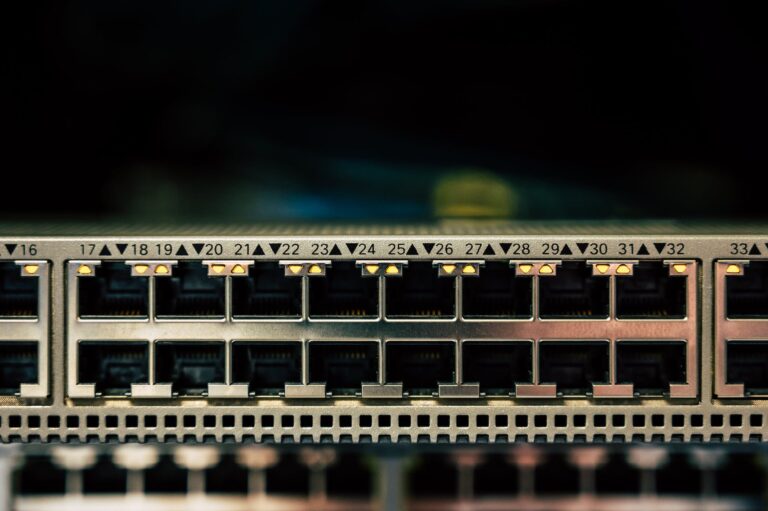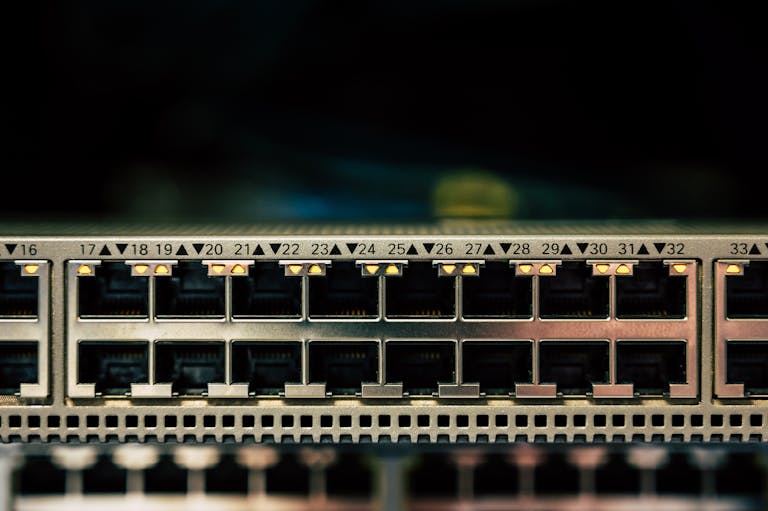Introduction
Cisco Systems is a leading networking hardware provider, including a comprehensive range of switches designed to meet various organizational needs. Their switch portfolio is broadly categorized into two main types:
1. Fixed Configuration Switches: These switches come with a predetermined set of ports and features, offering simplicity and ease of deployment. They are further divided into:
- Unmanaged Switches: Provide basic connectivity without user configuration, suitable for small networks.
- Managed Switches: Offer advanced features like VLANs, Quality of Service (QoS), and security settings, allowing for greater control over network traffic.
2. Modular Switches: These switches offer flexibility through interchangeable modules, enabling customization and scalability. They are ideal for larger networks requiring future expansion or specialized functions.
Cisco’s switch series includes:
- Catalyst Series: Designed for enterprise campus networks, offering models like the Catalyst 9000 series, which supports advanced security and analytics. Cisco
- Nexus Series: Tailored for data center environments, providing high performance and scalability. Wikipedia
Each series encompasses various models to accommodate different network sizes and requirements. For example, the Catalyst 9400 Series is suitable for small to large enterprises, offering stackable configurations and cloud manageability.
Cisco switches operate across multiple OSI model layers, with switches typically functioning at Layer 2 (Data Link) and routers at Layer 3 (Network).
For those preparing for roles involving Cisco switches, it’s beneficial to gain hands-on experience with configuring and troubleshooting these devices. This can be achieved through practical experience or by completing relevant courses and certifications, such as the Cisco Certified Network Associate (CCNA).






